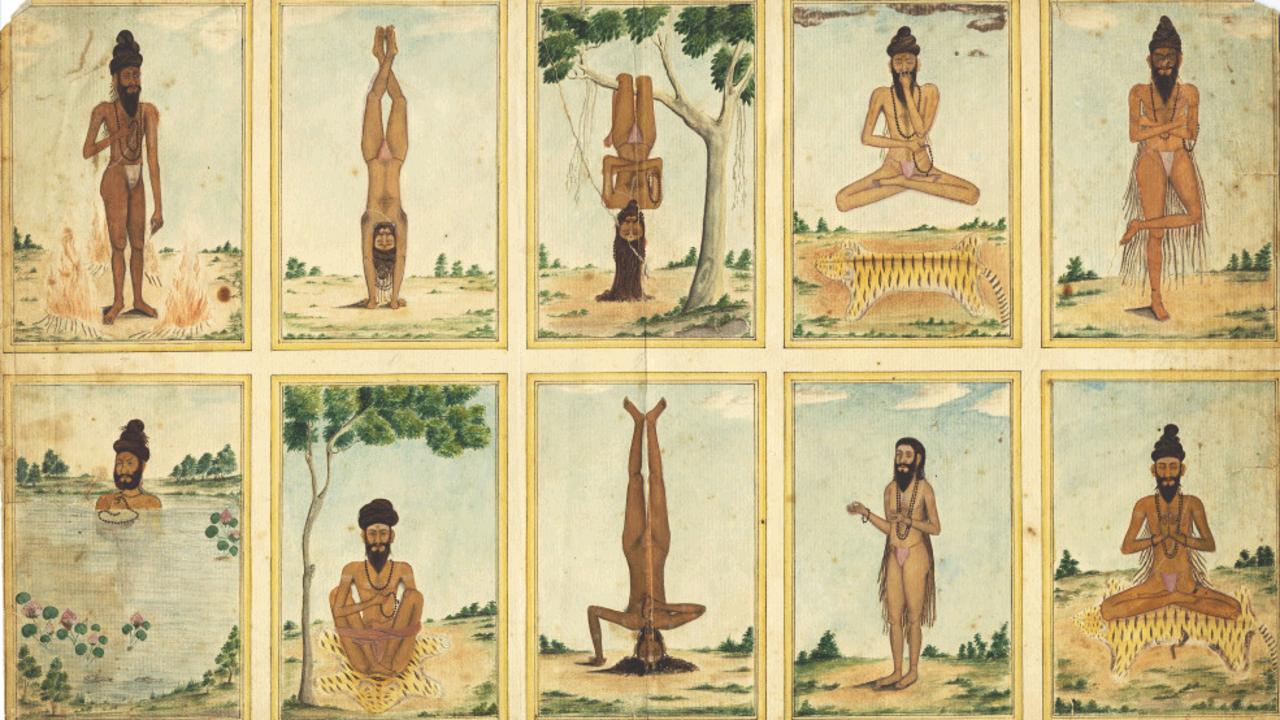At the suggestion of the Prime Minister of India to United Nations, 21 June is adopted as the International Day of Yoga. Generally for people Yoga meansasanas and pranayama which are done to keep the body fit. But Yoga is not just some exercise or Therapy. It is a way of life based on Ekatmata - Oneness of existence. Existence is interconnected, interrelated and interdependent as it is expression of one Chaitanya called variously as Ishwara, Paramatmanand Power etc. Today ecology and science also have realized this interconnection, interrelation and interdependence of the existence. But since last few centuries man is under the influence of ideas like individualism at the cost of social obligations and sensual enjoyment at the cost of development of inner being. The impact of this is seen in the disintegration of families, societies and depletion of nature etc.
In this context of all-round disintegration, Yoga - the integration- has become a necessity. Yoga in essence is the integration of -body-mind-intellect with the Self, individual with the family, the family with the society, the society with the nation and the nation with the whole creation.
The meaning of Yoga is YujyateanenaitiYogah -Yoga is a process of joining. Yoga is joining/union of Atma to Paramatma. It is not like joining two pieces together. Yoga is that practice by which one realizes that everything is One. The body is but a temporary manifestation of the Self. The real Self is always there, unaffected, blissful and unchangeable. To realize this, to identify with this blissful Self is Yoga. This can be understood at intellectual level but to experience it long and continuous practice is required.
Some say that Yoga was started by Maharishi Patanjali. But Yoga is mentioned even in Vedas. Hiranyagarbha- the first manifested form of Ishwara taught Yoga to Vivasvan and he taught it to Manu and from Manu it was taught to many worthy men and women. Or in Shaiva tradition it is told that Yoga comes to us from Bhagvan Siva. There is mention of many Yogis and Yoginis in our Puranas and Itihasas like Ramayana and Mahabharata. Maharishi Patanjali collected compiled and edited the existing knowledge of Yoga in his time, based on his own experience and Sadhana of Yoga. Thus he gave us Yoga to be practiced in eight ways.
If our real Self is blissful then why do we not perceive it? If, everything is the expression of the One, then why don’t we always feel that Oneness? The answer is because of the continuous thoughts or the modifications of Chitta or in simple term the impurities in Chitta.
The way to remove these impurities or to stop the Vrittis is to practice eight Angas of Yoga. A tested science to realize the Oneness is Yogashastra. These are not eight steps but eight angas means we should practice all the eight regularly. The eight angas are Yama–Ahimsa, Satya, Asteya, Brhamacharya, Aprigraha – Nonviolence, truth, non-stealing, brahmacharya and non-aggrandizement is practice of Yama.
Yama defines our interactions with others (Including nature) and therefore the practice of Yama is most important. Without practice of Yama, practice of other limbs of Yoga would not be fruitful. If practice of Yama is not done then one cannot progress in Yogaabhyas and one who has progressed could also fall.
- Niyama–Shauch, Santosh, Tapa Swadhyaya, Ishwarranidhan - Internal and external purification, contentment, Penance, study, and surrender to God are the Niyamas. Niyama are for the self-preparation, for self-development, and are related to oneself, one’s attitudes.
- Asana – Asanas are practiced to make our postures firm.
- Pranayam - Controlling the breath is the easiest way of getting control of the Prana. In Pranayama the speed of breathing is controlled.
- Pratyahara - Changing outward tendency of senses and turning them inwards is Pratyaahar. Dharana -Dharana is stabilizing/holding the mind to some particular place either of objects/or some part of the body for a long period.
- Dhyana-An unbroken flow of one thought -one Bhavana on the place of Dharana is Dhyana.
- Samadhi – When even the thought that ‘I am doing this Dhyana on such and such thing’ is gone, then it is called as Samadhi.
To summarise - the practice of Yoga is two-fold antaranga and bahiranga. One is to realize the Divine Self. Second is to employ the body-mind complex in the service of the manifested Self that is family, society, nation and the whole creation. Both are essential as they strengthen each other. This two-fold practice of Yoga is required to really help the humanity to progress further spiritually. We being the custodians of this great way of life we would have to first practice it so as to guide the whole world.



